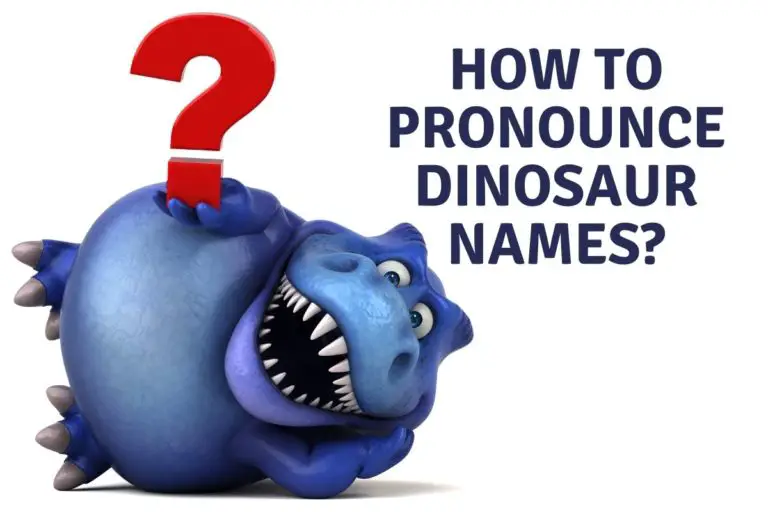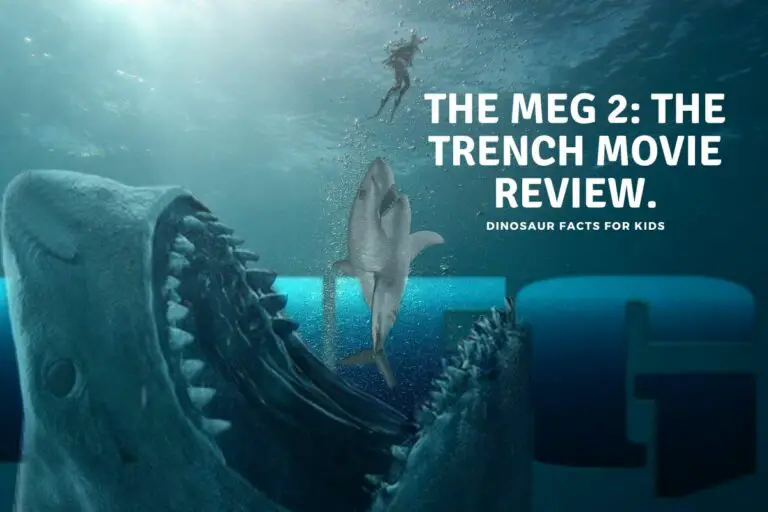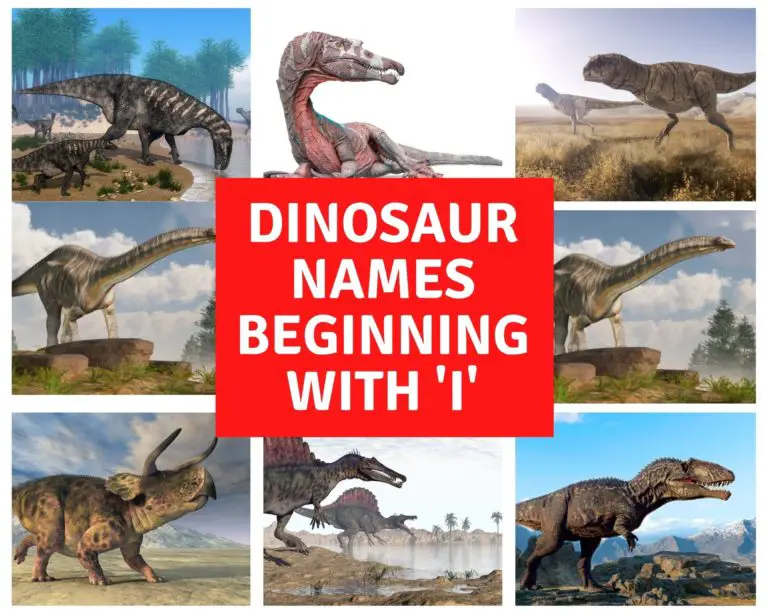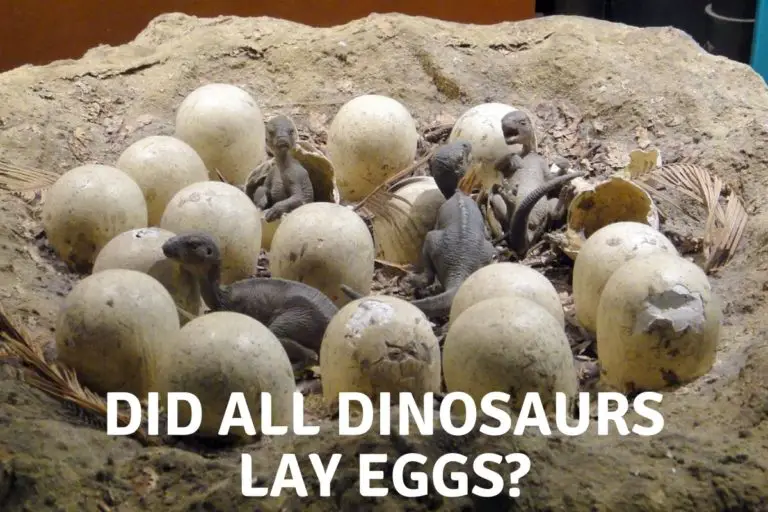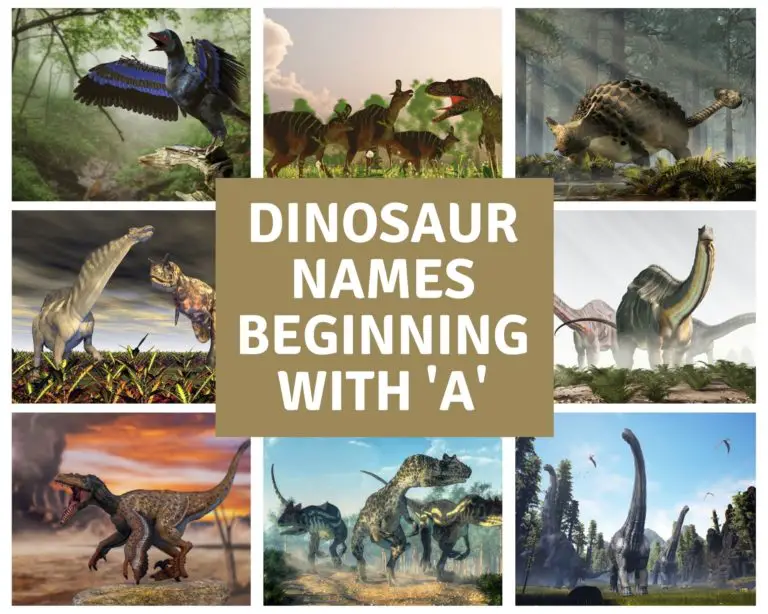How To Teach Dinosaurs To Kids
Dinosaurs are a universally loved subject among kids! There are tons of activities, songs, and books about dinosaurs to keep younger learners engaged and active in their learning. But how exactly do you teach children about dinosaurs?
Dinosaur themes offer the opportunity to teach more solely natural subjects. Size and weight can teach math, Sounds and syllables can teach English, location and environment can teach geography and many more. Teaching with dinosaur realia, images and examples is important to help students understand more effectively.
Dinosaurs are great for grabbing your learners’ attention and keeping them interested in their learning experience. They are engaing and motivating and children of all ages will want to learn more.
If you want to know why dinosaurs are a great subject for all-around learning and what kinds of activities you can use to teach dinosaurs, we’ve got just the thing!
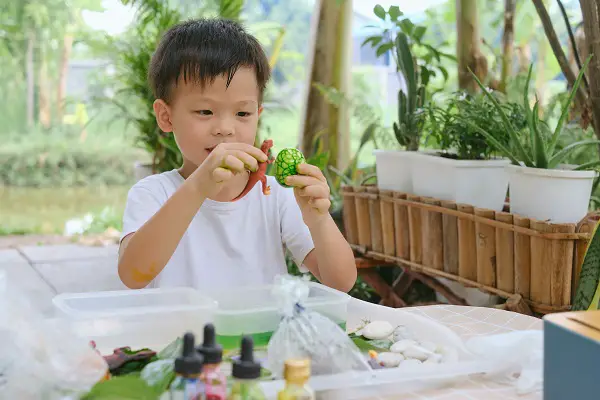
Why Teach Dinosaurs To Kids?
While you may not understand why children would be interested in learning about dinosaurs, especially the passion they can show you may be surprised at how effective dinosaurs are to the entire learning process.
- The first reason many teachers and parents teach learners about dinosaurs is that it creates a lot of intrigue among children. This intrigue leads to curiosity and a desire to learn more about these mysterious dinosaurs that are no longer part of everyday life.
- By learning about dinosaurs, learners can practice using their imagination and creativity. Because dinosaurs lived so long ago, there is still a limited amount of information that we have on these amazing creatures.
- It can be exciting, fun, and engaging for children to learn about dinosaurs because they will need to use their imagination to create a world where dinosaurs exist. They will need to think about how a dinosaur may have walked, looked, and what sounds they may have made when they were still roaming the earth.
- When a child uses their imagination, they strengthen their critical thinking and problem-solving abilities. This makes learning about dinosaurs a fantastic way to stimulate and foster a child’s creativity.
- The second reason why learning about dinosaurs is important for children is that it can help them to feel more confident in their learning abilities. Confidence is key for a successful learner, so instilling confidence into children is one of the best ways to keep them engaged in education.
- Children have incredible memories, and their capacity for retention is astounding. By allowing children to learn the names and classifications of different dinosaurs and practicing their recall skills, you can build their confidence.We often have a children Vs Teachers Dinosaur name competition, and we NEVER win.
- This confidence also ties in with the intrigue children often experience when learning about dinosaurs. By having an interest in the subject at hand, they will be more willing to learn and absorb information. And the more information they retain, the more confident they feel in their learning!
Dinosaurs Are An Introduction To Other Subjects
Dinosaurs are a versatile topic when it comes to learning. Not only can you use dinosaurs to improve your English abilities, but you can also begin to grasp basic geological and biological concepts.
Dinosaur English
Dinosaurs have extremely complicated names that can be difficult to read, spell, and pronounce. By introducing the concept of dinosaurs into the classroom, your learners will begin to practice their English abilities more often and in a fun and interesting way!
We actually have a couple of activities on this site alone that can help with this which we will lin below. However the two are Dinosaur Name Meanings and How to Say Dinosaur Names. They are GREAT for consolidating how to read long English words. They really give students a confidence boost to be able to say things their parents and teachers can”t.
For creative writing why not ask the class to design and invent a dinosaur that they would be, and then have them describe it, characters appearance, feeding habits ( it will be eating teachers!) They really get into this as a piece of guided or process creative writing.
Dinosaur Maths
Similarly, learning about the classification of dinosaurs can help introduce your students to basic scientific concepts. Dinosaurs were made up of herbivores, carnivores, and omnivores, so learning how to classify different types can aid future learning.
There are over 1000 (and counting different types of dinosaurs) so classifying them can be as simple as into meat and plant eaters, or into their 10s, of different families and sub groups that there are.
Do these activities with dinosaur figures adds a more fun and engaging elements to the lessons, and these sets last for ever! ( the ones that don’t disappear) and they are pretty cheap usually as well.
Simple count the teeth or spots, or legs activities for younger learners use a well liked theme together with numeracy skills. It can be moved on to longer maths for older children with long subtractions, different in ages, orders etc with dinosaur ages or even weights and length etc.
the size can be hard to understand sometimes, and measuring on school playgrounds , or along halls, is a great way to teach these skills to students as well. (as well as giving them an idea how long or big these dinosaurs actually were. )
Dinosaur General Studies / Geography
For older students, dinosaurs are a great way to introduce topics like evolution, extinction, general studies, earth history, Geography (geology at older ages) and climate change. Science is the core of all things dinosaur!
Obviously with older students tasks have to be in-depth, but the concepts surround dinosaurs, predator prey, climate, extinction are all more than relevant in todays world and how the dinosaurs reacted to their massive sudden climate change is a great way to compare and contrast to how we are dealing with our one.
Dinosaur Arts and crafts
From Lego dinosaurs and dioramas to mask making and coloring. Children’s innate love for dinosaurs is great for art teachers. Even the simplest of activities like coloring teaches fine motor skills, join the dots number progression,
Drawing and even tracing allows children to express their creatively. We have a large selection of coloring pages here for Free to download and use. Even if you use them as fast finishing work they will be the first to go.
Dinosaur Technology
Dinosaur VR (Virtual reality)
We live in a time where experiencing dinosaurs, at least virtually, is now possible. I actually bought a Oculus Go headset ( telling myself it wasn’t for me it was for my students) and have used it to incredible success in classrooms.
There are a few “Dinosaur VR experiences” that probably warrant a septate article but my go to has been the 2 Jurassic World experience due to their wonder and realism.
One allowed the Student to come face to face with an Apatosaurus in all its huge size and the other follows the Raptor Blue from the jurassic world series and a T-Rex during the events of Fallen Kingdom. Both make everyone who uses them jaws drop to the floor. Now thats motivation…to paraphrase Ian Malcolm!
DinoSaur Ar (Augmented Reality)
Rather than go into a long explanation of what AR is you can jsut check out the video above.
of course a VR headset is expense, though in truth one of my schools did then go out and buy a full set of these after trying mine! They are expensive. What is less expensive and more common are Cell phones ( normal ones!) and books.
More accessible and less individual are the series of books by Carlton Books, who have quite a number of dinosaur Augmented reality experiences, that require an App and the book.
However, they often have a free example that can be used if you can’t get hold of the book, which has tens of different dinosaurs that can be put in front of students through their phones.
I have linked a couple of videos above to give you an example. However, the best way i have used this was outside and scale the dinosaur up to full size to show them how they compare. you can video and take a photo to send to them and their parents.
This photo can then be used for any project you wish, and they have their own personal touch on it. You can also send this pictures and AR triggers home and allow their parents to get involved
Its great fun and an easy win!
Dinosaur Reading
Books, facts sheets, websites…we hope. All still have an important role to play when teaching about dinosaurs. After the Starting with the initial oooo ahhhhh of seeing them. ( twice now i have paraphrased Ian Malcolm!)
There is a lot of science that goes into understanding how, where and even Why they lived. books allows people, and of course students and children to go back and read again to understand.
We have tried to do this with our factsheet series which has 20 facts or so on each dinosaur and is a growing resources, bit sometimes something a little more solid than a printout is required.
A dinosaur dictionary, or encyclopedia ( age appropriate) is great to have as refence material if you are teaching dinosaurs. We have a link to one below. However we also have a link to our fact sheets below. (they are on each dinosaur page)
We have fact sheets like these on all our dinosaur pages.
How to Teach Dinosaurs Activities
For younger learners, having a more hands-on teaching approach is one of the best ways to stay engaged with their work. By implementing some fun dinosaur activities in the classroom, you can teach your students about dinosaurs in an interactive and engaging setting.
Dinosaur Egg Phonics Activity
Depending on the learner’s age and ability, you can hide sentences or phonics within a plastic egg. These eggs should be kept in the dinosaur’s “nest,” and the learner will need to retrieve as many eggs as possible. You can implement a reward system for a certain number of eggs if your learner needs an incentive.
The sentences or phonics should be related to dinosaurs to keep your student’s attention. If they can correctly sound out or read what is hidden within the egg, they may keep it. If not, they will need to return it to the nest.
You can do this with one child or a classroom full of young learners, and you can be sure to keep their attention for a while!
Dinosaur Fossil Hunt Activity
For this activity, you can get as creative as you’d like! You can either hide plastic bones, print-outs of dinosaur bones, or dinosaur eggs or toys in a large container. The container size will depend on whether you are doing this activity on an individual or group level.
Once you have placed your “fossils” into the container, you can fill it with sand. Then, using their fingers, a brush, or a plastic spade, the learners will need to find as many fossils as possible.
Once again, you can add a reward-based system if you wish, but most children enjoy the sensory experience of being able to play around in the sand and can be kept occupied with this fun task quite easily.
Dinosaur Books And Activities
There is no shortage of dino-themed books for young learners, and your students are sure to love a fun and engaging tale about these fascinating creatures!
Books encourage creativity and can help to develop reading and verbal skills in younger learners. You can also encourage participation by asking children to name a specific dinosaur within the book (if they have learned this) or ask them to take on specific roles while you read.
For example, interactive dinosaur books are easy to find, and your learners will be able to roar, stomp, and imitate dinosaurs for a more interactive experience!
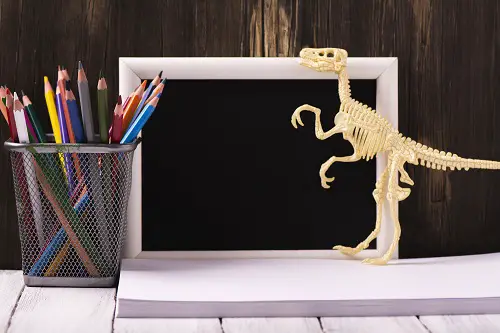
Conclusion
Dinosaurs are fun to learn about for kids of all ages! From their fascinating beginnings to the theories over how they may have moved, sounded, and their potential adaptations to the world in which they lived.
Teaching dinosaurs to children will help to facilitate learning through imagination and creativity …oh and its loads of fun as well.
References
https://www.amnh.org/learn-teach/curriculum-collections/dinosaurs-activities-and-lesson-plans/what-is-a-dinosaurhttps://study.com/academy/lesson/why-do-kids-like-dinosaurs.html
Hi, I am Roy Ford a General Studies and English Teacher who has taught all over the world. What started as a fossil collection became a great way to teach, motivate and inspire students of all ages and all over the world about dinosaurs and from that and children’s love of dinosaurs came the site dinosaur facts for kids, a resource for all ages.


